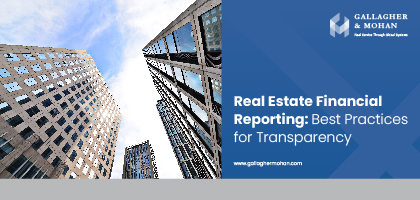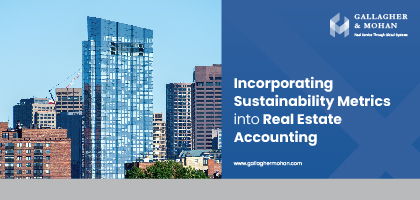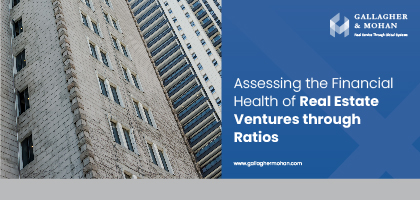28 September 2023
The Ever-Changing Dynamics of Retail Tenants: A Market Report
The retail real estate sector has experienced significant shifts and challenges, especially in the wake of the COVID-19 pandemic. This report aims to shed light on the thoughts and demands of retail tenants, highlighting trends, factors influencing their decisions, and potential areas of growth.
Understanding Retail Tenant Preferences
Retail properties, once adversely affected by the pandemic, have made a remarkable recovery. However, this resurgence is not uniform across the United States. Regions like the Sun Belt, particularly Florida, are witnessing substantial growth, driven in part by inward migration during the pandemic. Conversely, older retail projects, especially Class B and C malls, face challenges even in thriving markets.
Location Matters
Retail demand varies significantly from one submarket to another. For instance, New York City's retail sector appears robust, while areas like Midtown East, Atlanta, San Francisco, and downtown Los Angeles experience occupancy rate disparities. Economic stability, population density, and economic factors significantly influence demand.
Tenant Trends
When it comes to national retail trends, there are certain spaces that consistently perform. In Class A malls, boutique-sized spaces continue to attract attention. Big box fashion retailers are downsizing to meet consumers in street retail environments. This trend has led to stores such as JC Penny, Sears, and K-Mart giving up massive locations, with other big box retailers adapting to smaller storefronts.
Additionally, experiential retail is gaining momentum. Retailers are securing large spaces in locations like stale shopping malls and warehouses for concepts such as pickleball, paddle, arcades, escape rooms, and more. In cities like Los Angeles, the retail experience has become dynamic and creative, blending online, direct-to-consumer delivery, and traditional brick-and-mortar facilities.
Mixed-use developments are on the rise, catering to consumers' desire for convenience. Mid-sized restaurant spaces offering unique dining experiences are also popular, especially on pedestrian-oriented streets.
Also Read: How to Invest in the Life Science Sector in 2023
Factors Influencing Lease Decisions
In addition to space requirements, retailers consider various factors when deciding where to sign a lease. Rent prices, building conditions, co-tenancies, and neighborhood demographics are essential considerations. In urban areas, foot traffic plays a significant role, and location remains paramount.
Other factors like ease of access, proximity to target consumers, competitive lease terms, and parking all weigh in on a decision. Furthermore, retailers are increasingly interested in spaces that allow them to integrate technology and create immersive shopping experiences.
Resiliency Ahead!
While some property types may face challenges, retail is expected to maintain a strong footing. Factors like rising interest rates and economic volatility may impact future retail expansion, but the fundamentals appear solid. Consumer spending patterns have remained largely consistent, and if the Federal Reserve achieves a 'soft landing,' retailing is poised to remain robust moving into 2024.
Trends to Watch
Experiential retail continues to sweep the nation. Some big box retailers are reinventing themselves into experiential use types. Adaptive reuse developments are taking hold, converting dated or underutilized spaces into pickleball courts, ping pong areas, golfing spaces, and more.
Over recent years, there has been an increase in experiential retail tenants, such as fitness studios, co-working spaces, and wellness centers. Quick-service, grab-and-go food operators and high-end salons are in demand. Additionally, grocery stores and pharmacies are on the rise, reflecting consumers' focus on health and convenience.
The emergence of health-related spaces is another trend to watch. In a post-COVID world, consumers are increasingly interested in both health and cosmetic treatments, and these tenants are willing to pay competitive rents to meet their consumers in the most convenient place possible.
Conclusion
The retail tenant landscape is ever-evolving, driven by changing consumer preferences and economic dynamics. It's vital to stay attuned to these trends to effectively serve high-profile corporate real estate firms, agents, and brokers in the United States.
From the rise of experiential retail and adaptive reuse developments to the growing demand for health-focused spaces, these trends reflect the evolving preferences and priorities of consumers.
As we navigate the post-COVID landscape, it's clear that consumers are seeking more than just products; they crave experiences, convenience, and wellness. Retailers are responding by reimagining their spaces, offering unique experiences, and embracing health and well-being.
For professionals in the real estate industry, understanding these trends is not just insightful but imperative. It's about anticipating the demands of the market and aligning properties with what consumers seek.



